Someone has to be the best. At the very least, with any interest or passion I have, there needs to be a fa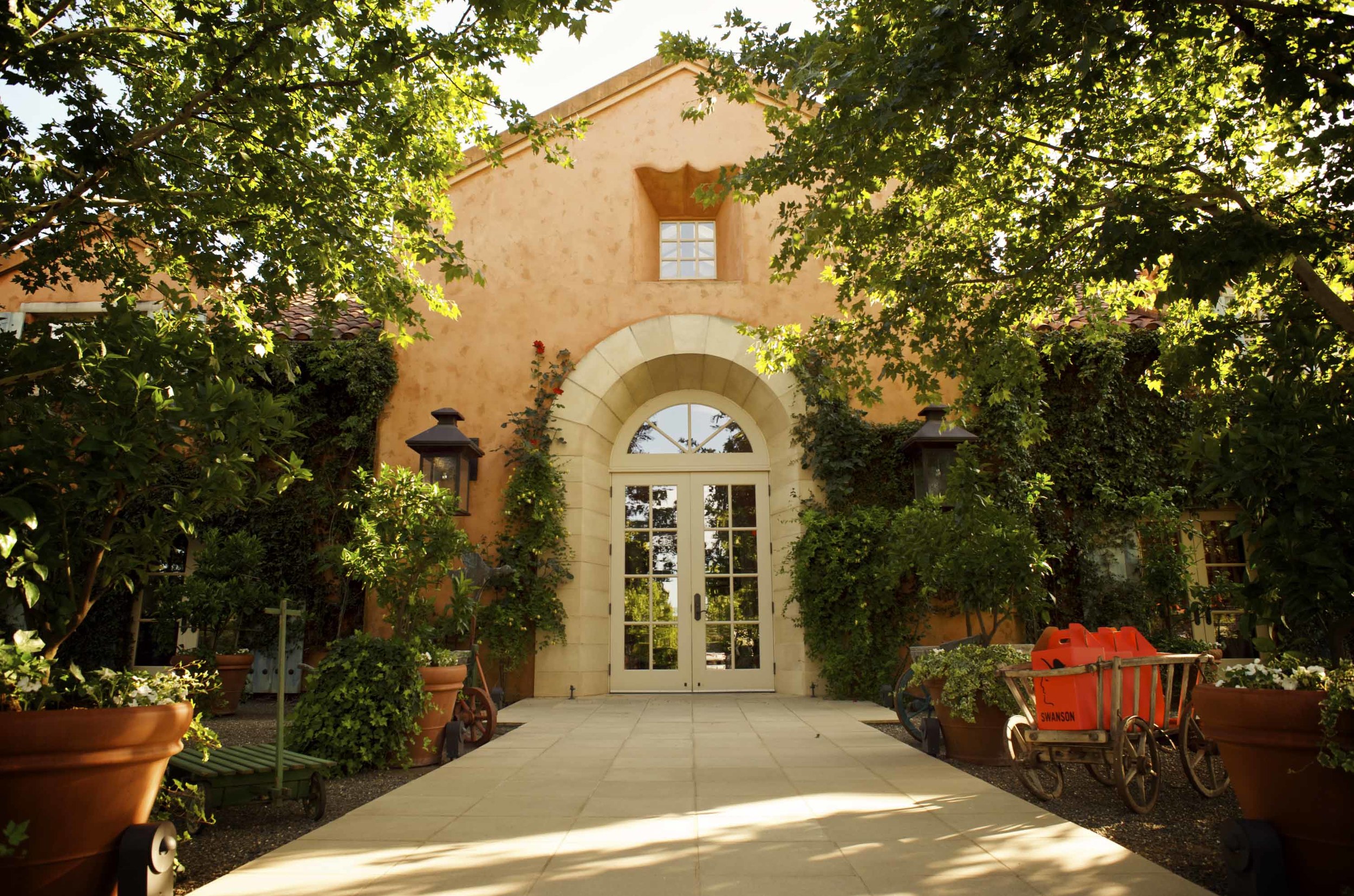 vorite. It doesn't mean there aren't others I love, but there is always one that for some reason has something on the others. Ask me who my favorite ballplayer is and there will be no space from the time you ask until the name "Don Mattingly," rolls off my tongue. I love many Yankees a lot, but Donnie Baseball is number one for me. The same is true of wineries, tasting rooms and wine tasting experiences. There are many regions I adore and a ton of wineries doing a terrific job in each of them. But if you ask me what my favorite is, the one that gets me back every time I'm in the area, the answer is Swanson Vineyards. They also happen to make some of my favorite wines in Napa. Which came first, the chicken or the egg? In this case I'm not sure. But I can tell you that if I didn't love the Swanson Wines it wouldn't matter how good the tasting experience was, eventually, I'd get bored. Because let's face it, wine is the reason I'm in Napa to begin with.
Swanson Vineyards doesn't have a tasting room per se. What they do have is a facility in front of their Winery known as the Salon. Decadence with a wink is their stock in trade. And believe me they do that as well as it can be done. Tastings are by appointment and come in standard (Jean Lafite) for $30, or reserve (Harvey) for $55. Both tastings are similar in style the difference being the selection of wines being poured. Swanson has three wines that see wide distribution, Pinot Grigio, Alexis (Cabernet Sauvignon) and Merlot their workhorse which represents 2/3 of their production. The bevy of other wines they make, including an entire line of dessert wines (up to 8 at any one time) are mostly aimed at their wine club and tasting guests.
vorite. It doesn't mean there aren't others I love, but there is always one that for some reason has something on the others. Ask me who my favorite ballplayer is and there will be no space from the time you ask until the name "Don Mattingly," rolls off my tongue. I love many Yankees a lot, but Donnie Baseball is number one for me. The same is true of wineries, tasting rooms and wine tasting experiences. There are many regions I adore and a ton of wineries doing a terrific job in each of them. But if you ask me what my favorite is, the one that gets me back every time I'm in the area, the answer is Swanson Vineyards. They also happen to make some of my favorite wines in Napa. Which came first, the chicken or the egg? In this case I'm not sure. But I can tell you that if I didn't love the Swanson Wines it wouldn't matter how good the tasting experience was, eventually, I'd get bored. Because let's face it, wine is the reason I'm in Napa to begin with.
Swanson Vineyards doesn't have a tasting room per se. What they do have is a facility in front of their Winery known as the Salon. Decadence with a wink is their stock in trade. And believe me they do that as well as it can be done. Tastings are by appointment and come in standard (Jean Lafite) for $30, or reserve (Harvey) for $55. Both tastings are similar in style the difference being the selection of wines being poured. Swanson has three wines that see wide distribution, Pinot Grigio, Alexis (Cabernet Sauvignon) and Merlot their workhorse which represents 2/3 of their production. The bevy of other wines they make, including an entire line of dessert wines (up to 8 at any one time) are mostly aimed at their wine club and tasting guests.
At most eight guests are accommodated at one time for a tasting at Swanson. The moment you arrive and park your car someone will greet you warmly before you reach the gate. More often than not, they come bearing Rosato, their dry Rosé made of Syrah. As you're ushered into the Salon it's like a trip into a good friends home. The Salon is an absolutely gorgeous and serene environment. In the center of it all is a table that looks to be setup for a dinner party. As people arrive they're allowed to settle in and sit at their leisure. At that point the Salonier (host or hostess) will tell you a bit about the winery and take you through the wines on tap for that day. The Harvey tasting which is the one I tend towards usually features 7 wines. Truth be told, they often throw an extra one in during the proceedings if things are rolling. What I mean by that is cross talk and fraternization amongst the guests who have just met, and with the host are both highly encouraged. Great groups inspire more of the host and enthusiastic crews often get a bonus. Each wine has something to pair it with. At my my most recent visits, several were matched with cheeses, one with caviar on a potato chip and one with a signature bon bon. The wines poured and what they're matched with change; however the Merlot and Alexis are almost always part of the mix.
It's been my pleasure to be in the Swanson Salon with just about every size group. That includes with just myself and the host on a quiet winter afternoon and most often as was the case today with a full house. Both experiences are terrific, but when the room is full with the right people as it was today with myself and some lovely folks from North Carolina things reach a higher plane. As I said above, this all wouldn't matter much if the wines weren't excellent, which they most certainly are. Swanson is the largest producer of Estate Merlot in Napa and theirs is one to be reckoned with. It has structure, length and a load of flavor. Having had it over the last decade this wine is always delicious upon release but personally I like it better with about 5 or 6 years of age on it. If you lean towards Cabernet Sauvignon, you'll like the Swanson Merlot. The Chardonnay is hands down my favorite Chardonnay in Napa Valley. The production is tiny and aimed at the wine club; ask nicely and they'll sell you some at the Salon. Other wines such as small production Petite Sirah and Sangiovese are also full flavored expressions of each varietal. I'm a sucker for good Petite Sirah and I always look forward to my shipment from Swanson. The dessert wines are so varied in range and style that they deserve their own article. The Swanson dessert offerings are made of everything from Chardonnay to Petite Sirah; my personal favorite is Angelica which is made from Mission grapes.
If having a great time, making new friends, drinking elegant wines perfectly paired with little morsels to munch on, in a warm, welcoming enviornment isn't your idea of a good time, then by all means don't go to Swanson Vineyards. But if you're like the other 99.9999999% of us then you need to go to Swanson Vineyards Salon. Imagine the liveliest and most memorable dinner party you've ever been to. Now add amazing wine and you might start to get the idea. Like I always tell my friends who are travelling to Napa, "If You've been to Napa Valley but you haven't been to Swanson, you really haven't been to Napa Valley."
Please take a moment to vote for my blog.
 number of locations throughout California to make their wines. In addition to Wine, founders Scott Del Fava and his wife are also major motorcycle enthusiasts. Their future plans for a tasting room includes finding a location where both passions can co-exist for them and their customers. Their website is the first step in that direction with a member photo gallery. I’ll be looking at several of their releases this week, the first is a Zinfandel.
The 2005 V-Twin Vineyards Poker Run Zinfandel was produced from old vine fruit sourced in Alexander Valley. This offering is a blend of Zinfandel (75%), Petite Sirah (15%), Carignan (5%) and Syrah (5%). Oak aging was accomplished over 14 months in a combination of barrel types. 400 cases of this vintage were produced and the suggested retail price is $24.
number of locations throughout California to make their wines. In addition to Wine, founders Scott Del Fava and his wife are also major motorcycle enthusiasts. Their future plans for a tasting room includes finding a location where both passions can co-exist for them and their customers. Their website is the first step in that direction with a member photo gallery. I’ll be looking at several of their releases this week, the first is a Zinfandel.
The 2005 V-Twin Vineyards Poker Run Zinfandel was produced from old vine fruit sourced in Alexander Valley. This offering is a blend of Zinfandel (75%), Petite Sirah (15%), Carignan (5%) and Syrah (5%). Oak aging was accomplished over 14 months in a combination of barrel types. 400 cases of this vintage were produced and the suggested retail price is $24.
 When most people think of Sparkling wine, Champagne comes to mind. In truth Champagne represents a small percentage of the sparkling wines out there. As time goes on there are more and more options as additional wineries and regions start experimenting with different styles of Sparkling wines. And of course many counties have long had their own traditions when it comes to them. Today I’ll look at an Argentine example from Trapiche.
The
When most people think of Sparkling wine, Champagne comes to mind. In truth Champagne represents a small percentage of the sparkling wines out there. As time goes on there are more and more options as additional wineries and regions start experimenting with different styles of Sparkling wines. And of course many counties have long had their own traditions when it comes to them. Today I’ll look at an Argentine example from Trapiche.
The 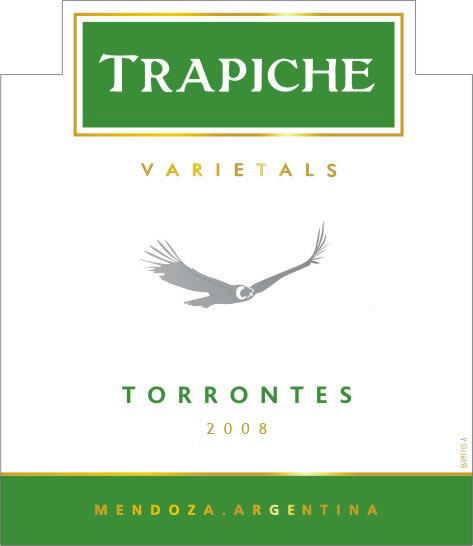 show. It’s emerging here but not quite on the tip of every wine drinkers tongue yet. The question isn’t if Torrontes is going to break out and be everywhere, it’s when. This is an excellent varietal which most often produces floral wines with diverse food pairing possibilities. Today I’m going to look at a current release from Trapiche. If you shop for Argentine wines the name Trapiche is likely familiar; they make a wide range of offerings in several tiers. The Torrontes I’m examining today is from their varietals tier. These wines are under $15 and aimed at everyday affordability and enjoyment.
The
show. It’s emerging here but not quite on the tip of every wine drinkers tongue yet. The question isn’t if Torrontes is going to break out and be everywhere, it’s when. This is an excellent varietal which most often produces floral wines with diverse food pairing possibilities. Today I’m going to look at a current release from Trapiche. If you shop for Argentine wines the name Trapiche is likely familiar; they make a wide range of offerings in several tiers. The Torrontes I’m examining today is from their varietals tier. These wines are under $15 and aimed at everyday affordability and enjoyment.
The  I really enjoy Riesling, but over the years I've had a hard time finding well priced examples that impress on any level. Too often the offerings on US shelves at an everyday drinking price-point are one dimensional and uninteresting at best. In many casing that single dimension is sweetness. While I enjoy this in a dessert wine, it's not something I generally look for in table wines.
The 2008
I really enjoy Riesling, but over the years I've had a hard time finding well priced examples that impress on any level. Too often the offerings on US shelves at an everyday drinking price-point are one dimensional and uninteresting at best. In many casing that single dimension is sweetness. While I enjoy this in a dessert wine, it's not something I generally look for in table wines.
The 2008  blink there's a good chance you'll miss them, which I almost did. Generally they're not open for public tastings. On this particular occasion they were hosting a blind tasting of Cabernet Sauvignon. Many other folks in the local wine community stopped by with a bottle of wine. Each bottle was in a brown paper bag and had a number assigned. I didn't count exactly how many there where, or taste every one, but I think it was in the neighborhood of 50 Cabs. It was a fun time and it was nice to say hi to the Titus brothers, who are responsible from some very tasty wines. It put me in the mood to taste and report on more of their selections. Today I'll look at their current release of Cabernet Franc.
The Titus Vineyards 2006 Cabernet Franc has Cabernet Sauvignon (11%), Malbec (10%), and Merlot (4%) blended in. Barrel aging was accomplished over 20 months in all French oak; 30% were new. 385 cases of this selection were produced. The suggested retail price for this wine is $36.
blink there's a good chance you'll miss them, which I almost did. Generally they're not open for public tastings. On this particular occasion they were hosting a blind tasting of Cabernet Sauvignon. Many other folks in the local wine community stopped by with a bottle of wine. Each bottle was in a brown paper bag and had a number assigned. I didn't count exactly how many there where, or taste every one, but I think it was in the neighborhood of 50 Cabs. It was a fun time and it was nice to say hi to the Titus brothers, who are responsible from some very tasty wines. It put me in the mood to taste and report on more of their selections. Today I'll look at their current release of Cabernet Franc.
The Titus Vineyards 2006 Cabernet Franc has Cabernet Sauvignon (11%), Malbec (10%), and Merlot (4%) blended in. Barrel aging was accomplished over 20 months in all French oak; 30% were new. 385 cases of this selection were produced. The suggested retail price for this wine is $36.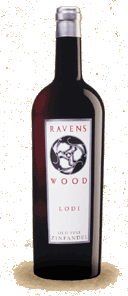
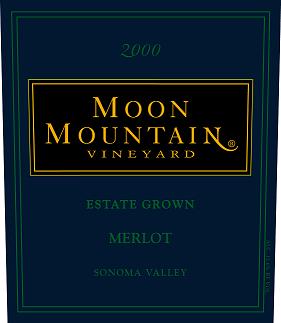 distinctly. It was November of 1998; and it was still called Carmenet Winery. I went with my friend Dave with whom I write the website
distinctly. It was November of 1998; and it was still called Carmenet Winery. I went with my friend Dave with whom I write the website 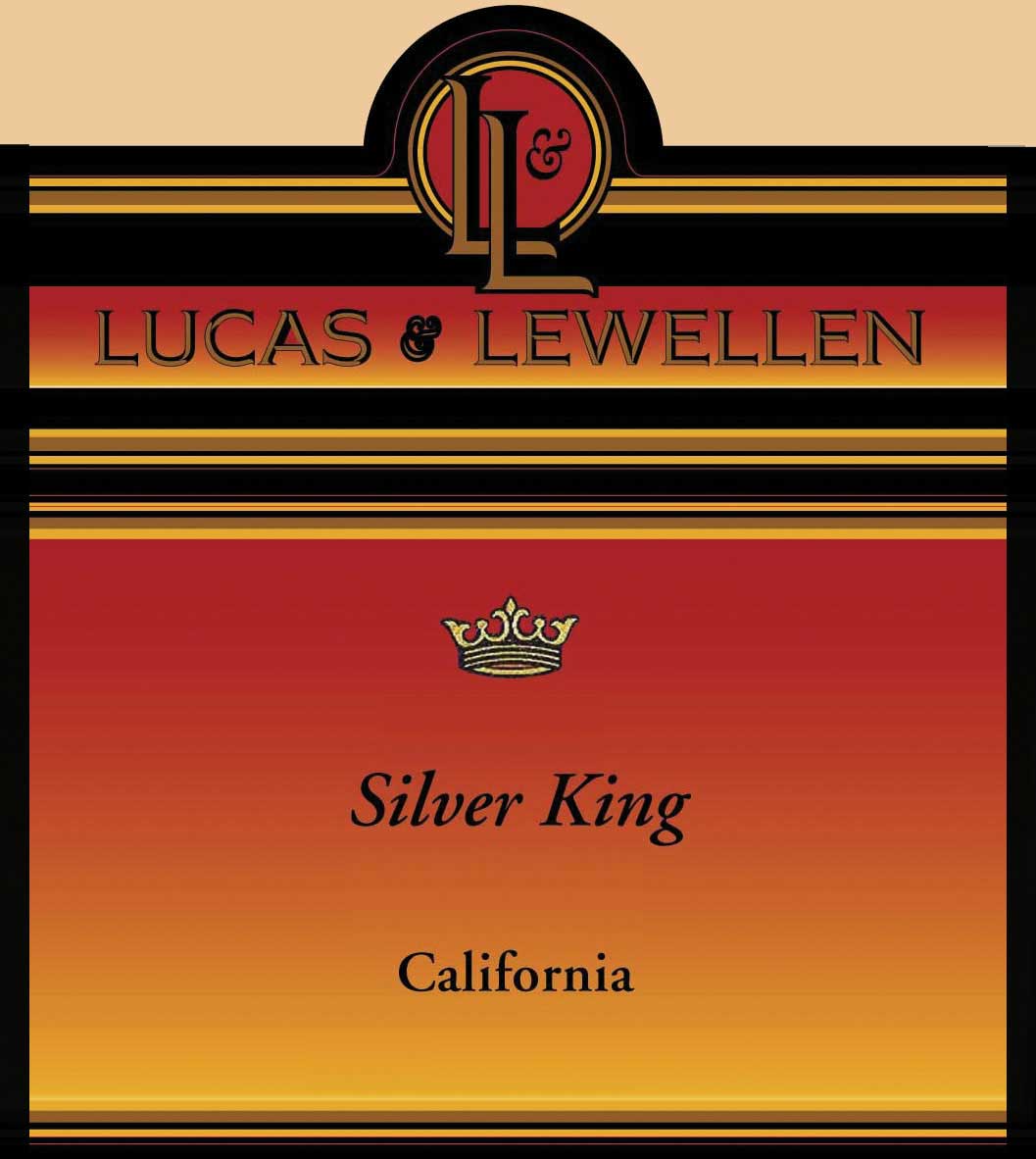 I drink dessert wine pretty regularly. Most often it's Tawny or Late Bottled Port from Portugal. After that I'm always curious to taste the different styles of Ports and Dessert wines being made in California. When it comes to the Golden State I most often think of Late Harvest Zinfandel. That style seems to be the most ubiquitous expression in California; not surprising when you consider how much Zin there is. The last few years though I've run across a solid handful of folks making Dessert Wine or Port with Merlot. I was a bit dubious at first, but then I had the chance to taste a couple and I found there are some interesting offerings out there. Today I'll look at one from
I drink dessert wine pretty regularly. Most often it's Tawny or Late Bottled Port from Portugal. After that I'm always curious to taste the different styles of Ports and Dessert wines being made in California. When it comes to the Golden State I most often think of Late Harvest Zinfandel. That style seems to be the most ubiquitous expression in California; not surprising when you consider how much Zin there is. The last few years though I've run across a solid handful of folks making Dessert Wine or Port with Merlot. I was a bit dubious at first, but then I had the chance to taste a couple and I found there are some interesting offerings out there. Today I'll look at one from  A winery the size of
A winery the size of 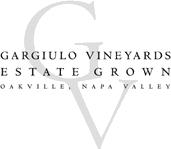 out producers I haven’t visited before. Often times I get recommendations when I’m out and about tasting. What I find really interesting is that just about every trip there is one place that seems to have some undercurrent of buzz about it. No matter where I go or who I speak to eventually it seems that folks get around to mentioning a specific winery. This trip I lost track of how many folks suggested I check out
out producers I haven’t visited before. Often times I get recommendations when I’m out and about tasting. What I find really interesting is that just about every trip there is one place that seems to have some undercurrent of buzz about it. No matter where I go or who I speak to eventually it seems that folks get around to mentioning a specific winery. This trip I lost track of how many folks suggested I check out 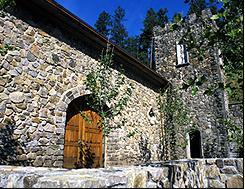 One of the great things about visiting Wine Country is the number of stories and history each Winery has. While these vary greatly, one of particular interest is that of
One of the great things about visiting Wine Country is the number of stories and history each Winery has. While these vary greatly, one of particular interest is that of  vorite. It doesn't mean there aren't others I love, but there is always one that for some reason has something on the others. Ask me who my favorite ballplayer is and there will be no space from the time you ask until the name "Don Mattingly," rolls off my tongue. I love many Yankees a lot, but Donnie Baseball is number one for me. The same is true of wineries, tasting rooms and wine tasting experiences. There are many regions I adore and a ton of wineries doing a terrific job in each of them. But if you ask me what my favorite is, the one that gets me back every time I'm in the area, the answer is
vorite. It doesn't mean there aren't others I love, but there is always one that for some reason has something on the others. Ask me who my favorite ballplayer is and there will be no space from the time you ask until the name "Don Mattingly," rolls off my tongue. I love many Yankees a lot, but Donnie Baseball is number one for me. The same is true of wineries, tasting rooms and wine tasting experiences. There are many regions I adore and a ton of wineries doing a terrific job in each of them. But if you ask me what my favorite is, the one that gets me back every time I'm in the area, the answer is  When I got up this morning I had no plans to visit
When I got up this morning I had no plans to visit 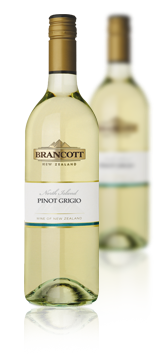 conversation? I'll bet your answer was either Pinot Noir or Sauvignon Blanc. There's good reason for that as it's those two grapes that have really made their mark for New Zealand. But of course they aren't the only two varietals being grown there. Today I'll look at a Pinot Grigio from
conversation? I'll bet your answer was either Pinot Noir or Sauvignon Blanc. There's good reason for that as it's those two grapes that have really made their mark for New Zealand. But of course they aren't the only two varietals being grown there. Today I'll look at a Pinot Grigio from 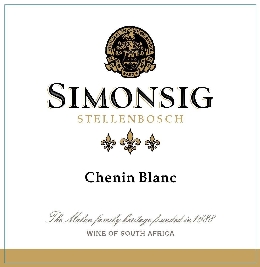 A little over a year ago I had the opportunity to taste the
A little over a year ago I had the opportunity to taste the  winery in question is simply trying to imitate a style. However when a producer aspires to make the best blend possible with the fruit available to them, all the while showing off their terroir, they have a much better chance of hitting the mark. Today I'll look at the third wine from
winery in question is simply trying to imitate a style. However when a producer aspires to make the best blend possible with the fruit available to them, all the while showing off their terroir, they have a much better chance of hitting the mark. Today I'll look at the third wine from  Malbec is more closely identified with Argentina than any other single grape variety. There's good reason for that; while it’s made elsewhere Malbec absolutely flourishes and reaches its apex there. The wide array of styles in which Malbec is made reminds me of how diverse Zinfandel can be in California. Some choose to make it brash and exuberant while others go for more of a refined and elegant style. Each has its benefits. Not surprisingly
Malbec is more closely identified with Argentina than any other single grape variety. There's good reason for that; while it’s made elsewhere Malbec absolutely flourishes and reaches its apex there. The wide array of styles in which Malbec is made reminds me of how diverse Zinfandel can be in California. Some choose to make it brash and exuberant while others go for more of a refined and elegant style. Each has its benefits. Not surprisingly  of these differ greatly. I’m always interested in what the producer’s intent was when making a wine. Are they looking to make the type of value you can afford to drink everyday and find anywhere for $10? Are they looking to create a wine that might get high scores? Are they looking to just make great wine? After considering intent the other thing I look for in wines that I write about are selections that speak to me. Several months ago I had the
of these differ greatly. I’m always interested in what the producer’s intent was when making a wine. Are they looking to make the type of value you can afford to drink everyday and find anywhere for $10? Are they looking to create a wine that might get high scores? Are they looking to just make great wine? After considering intent the other thing I look for in wines that I write about are selections that speak to me. Several months ago I had the  Bodega Septima is a Mendoza, Argentina based winery. This region of Argentina is the one most familiar to US consumers at this time. The winery has a history that dates back 10 years. In 1999 they were founded by the Codorníu Group who have winery proprties in several distinct, world-wide locations. Originally starting with 470 acres, they now have well over 800 acres in Mendoza. The stated goal of Bodega Septima is to produce wines that take into account both Argentine tradition and modern global techniques. Today I'll look at their current release of Chardonnay.
The 2008
Bodega Septima is a Mendoza, Argentina based winery. This region of Argentina is the one most familiar to US consumers at this time. The winery has a history that dates back 10 years. In 1999 they were founded by the Codorníu Group who have winery proprties in several distinct, world-wide locations. Originally starting with 470 acres, they now have well over 800 acres in Mendoza. The stated goal of Bodega Septima is to produce wines that take into account both Argentine tradition and modern global techniques. Today I'll look at their current release of Chardonnay.
The 2008 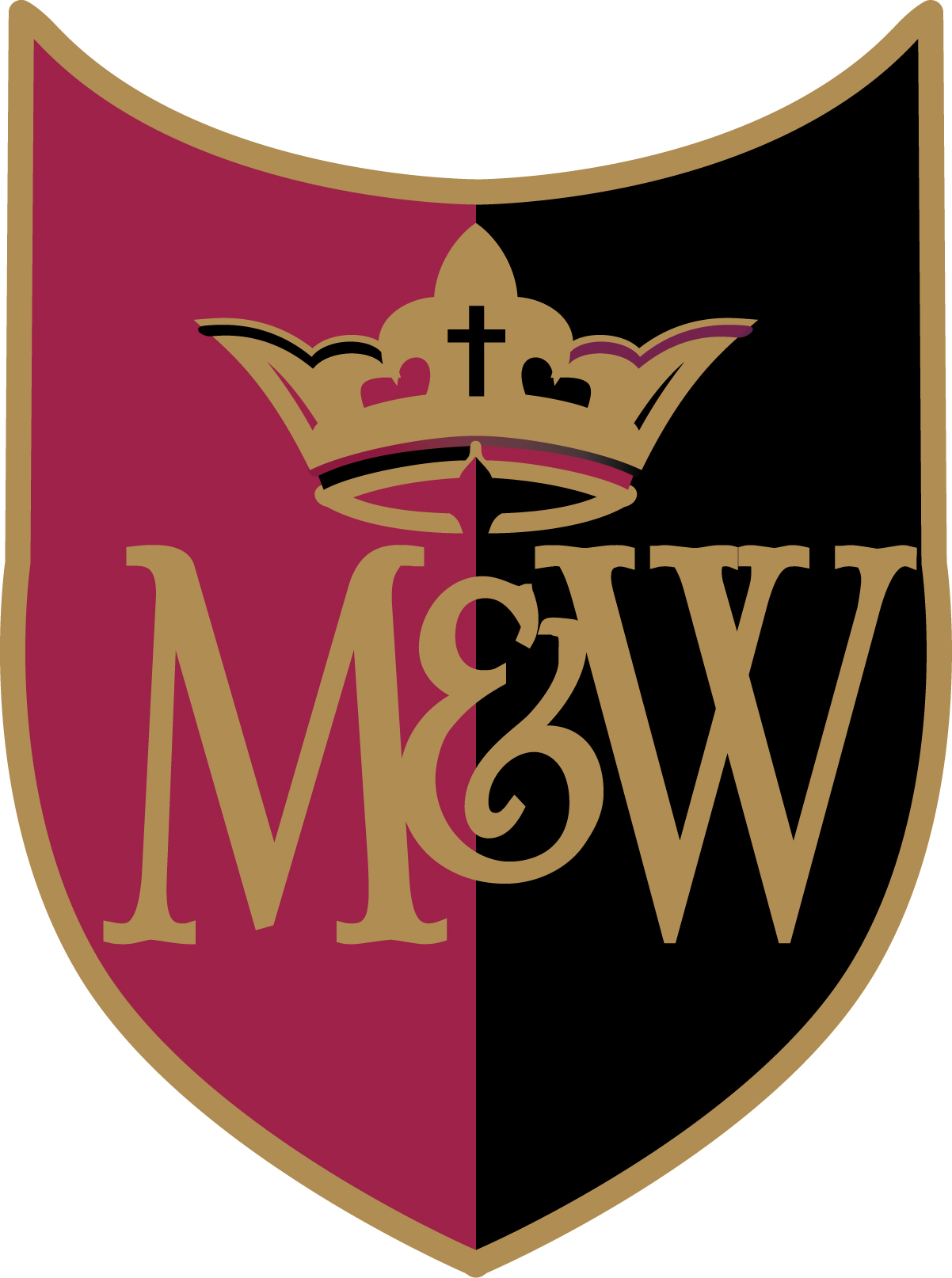 Martin & Weyrich's
Martin & Weyrich's